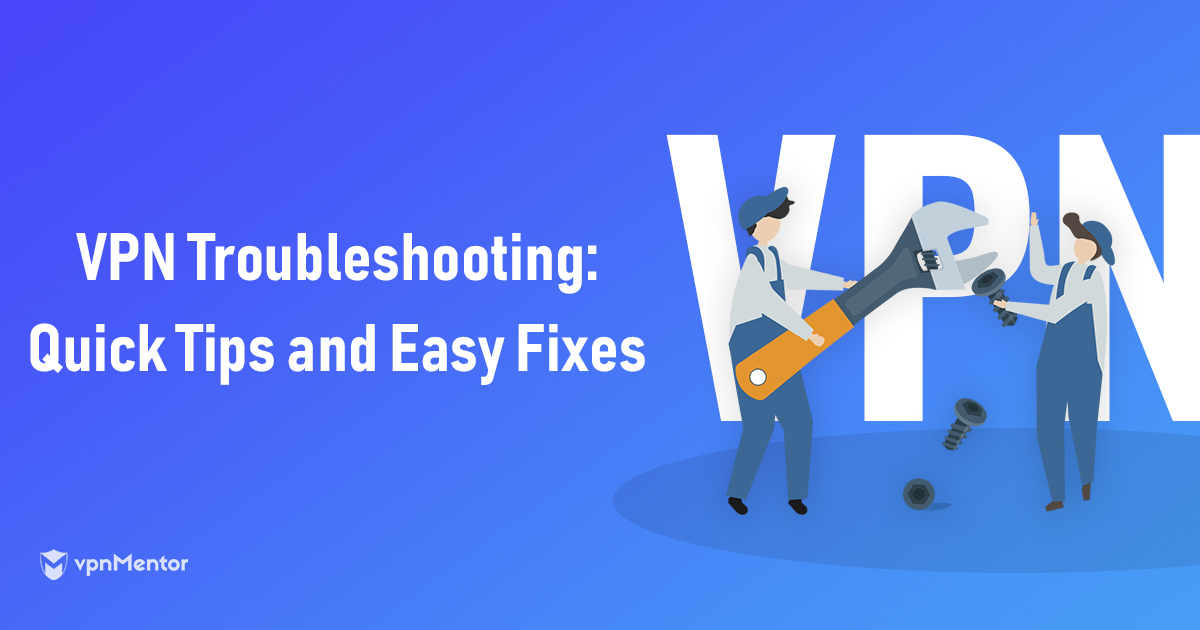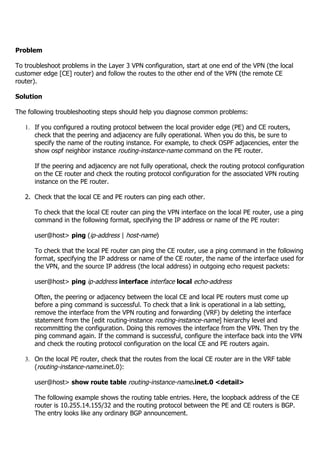Featured
Table of Contents
Troubleshooting Vpn Passthrough For Home Routers - Answer

The Routing and Remote Access snap-in lives within the Microsoft Management Console, known as the MMC. There are multiple ways to access the MMC. You can choose the console from the Start menu's Programs alternatives, within the Administrative Tools folder within Windows server's Control Panel or by typing mmc at a command prompt.
As Tech, Republic's Brandon Vigliarolo shows within his video at the start of this article, the Services console shows the status of the Routing and Remote Gain access to entry. From within the Solutions console and with the Routing and Remote Gain access to entry highlighted, you can click Start the Service or right-click the entry and choose Restart.
Sometimes the VPN client and VPN server are set to using different authentication approaches. Validate whether an authentication error is the issue by opening the server console. Another approach of accessing the MMC is to type Control+R to open a command timely in which you can type mmc and hit Enter or click OK.
If the entry isn't present, click File, select Add/Remove Snap-in, pick the Routing and Remote Access option from the choices and click Include, then OK. With the Routing and Remote Gain access to snap-in added, right-click on the VPN server and click Characteristics. Then, review the Security tab to confirm the authentication method.
Common Vpn Error Codes And Solutions For Windows 11/10
Make sure the VPN client is set to the authentication method defined within the Security tab. Usually the items just evaluated are responsible for a lot of VPN connection rejection mistakes.
Each Web-based VPN connection generally uses 2 different IP addresses for the VPN customer computer. This is the IP address that's utilized to establish the initial TCP/IP connection to the VPN server over the Internet.

This IP address usually possesses the very same subnet as the regional network and therefore enables the customer to communicate with the regional network. When you established the VPN server, you should configure a DHCP server to appoint addresses to clients, or you can develop a bank of IP addresses to assign to customers directly from the VPN server.


If this option is selected and the effective remote gain access to policy is set to permit remote gain access to, the user will have the ability to attach to the VPN. I have actually been not able to re-create the scenario personally, I have heard reports that a bug exists in older Windows servers that can trigger the connection to be accepted even if the reliable remote gain access to policy is set to reject a user's connection.
Troubleshooting Ipsec

Another common VPN issue is that a connection is effectively established however the remote user is not able to access the network beyond the VPN server. Without a doubt, the most common reason for this problem is that permission hasn't been approved for the user to access the entire network. To enable a user to access the whole network, go to the Routing and Remote Access console and right-click on the VPN server that's having the issue.
At the top of the IP tab is an Enable IP Routing check box. If this check box is made it possible for, VPN users will have the ability to access the rest of the network, presuming network firewall softwares and security-as-a-service settings permit. If the checkbox is not selected, these users will have the ability to gain access to just the VPN server, however nothing beyond.
For instance, if a user is dialing directly into the VPN server, it's normally best to set up a fixed path between the client and the server. You can set up a fixed path by going to the Dial In tab of the user's residential or commercial properties sheet in Active Directory site Users and Computers and choosing the Apply A Fixed Route check box.
Click the Add Route button and after that get in the destination IP address and network mask in the space supplied. The metric must be left at 1. If you're utilizing a DHCP server to designate IP addresses to clients, there are a couple of other problems that could cause users not to be able to exceed the VPN server.
Vpn Stopped Working: Here Are 4 Quick Tips To Get It Back
If the DHCP server appoints the user an IP address that is currently in usage elsewhere on the network, Windows will discover the dispute and prevent the user from accessing the remainder of the network. Another common problem is the user not receiving an address at all. The majority of the time, if the DHCP server can't assign the user an IP address, the connection won't make it this far.
254.x. x range. If the client is designated an address in a variety that's not present within the system's routing tables, the user will be not able to navigate the network beyond the VPN server. Other concerns can contribute to this issue, too. Make sure the resources the user is attempting to access are in fact on the network to which the user is linking.
A VPN connection to the other subnet might, in truth, be needed. A firewall or security as a service option could also be to blame, so do not forget to evaluate those services' settings, if such elements exist between the VPN server and the resources the user looks for to reach.
The very first possibility is that one or more of the routers included is carrying out IP package filtering. IP package filtering might avoid IP tunnel traffic. I advise inspecting the client, the server and any devices in between for IP package filters. You can do this by clicking the Advanced button on each machine's TCP/IP Characteristics sheet, choosing the Options tab from the Advanced TCP/IP Settings Characteristic sheet, choosing TCP/IP Filtering and clicking the Residences button.
Latest Posts
Best Business Vpn In 2023 [Ranked & Reviewed]
Best Business Vpn Options In 2023 [Keeping Smb Data ...
Best Remote Access Vpn In Usa To Work From Home